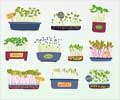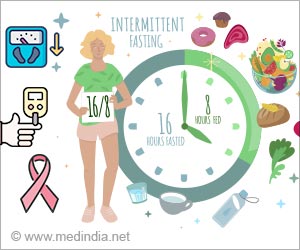A scientific analysis of nutrient levels in edible microgreens has found it to be more nutritious than their mature counterparts.

Qin Wang, Gene E. Lester and colleagues point out that microgreens have gained popularity as a new culinary trend over the past few years, especially in upscale markets and restaurants. Those seedlings of spinach, lettuce, red cabbage and other veggies are usually 1-3 inches in height and harvested within 14 days of germination. They enhance the color, texture and flavor of salads, soups, sandwiches and other foods. Despite their growing popularity, no scientific information existed on how nutrients in microgreens compare to those in mature plants. To fill that gap, they analyzed vitamins and other phytochemicals in 25 varieties of microgreens.
They found that microgreens generally have higher concentrations of healthful vitamins and carotenoids than their mature counterparts. But they also found wide variations in nutrient levels among the plants tested in the study. Red cabbage microgreens, for instance, had the highest concentration of vitamin C, for instance, while green daikon radish microgreens had the most vitamin E. Concentrations of vitamins and carotenoids in popcorn shoots and golden pea tendrils were low compared to other microgreens, but were still as high as some common mature vegetables.
One other notable finding: Exposing microgreens to light tended to change the nutritional content, which is an ongoing research effort led by Dr. Lester and Dr. Wang, and results will be published soon.
Source-Eurekalert











